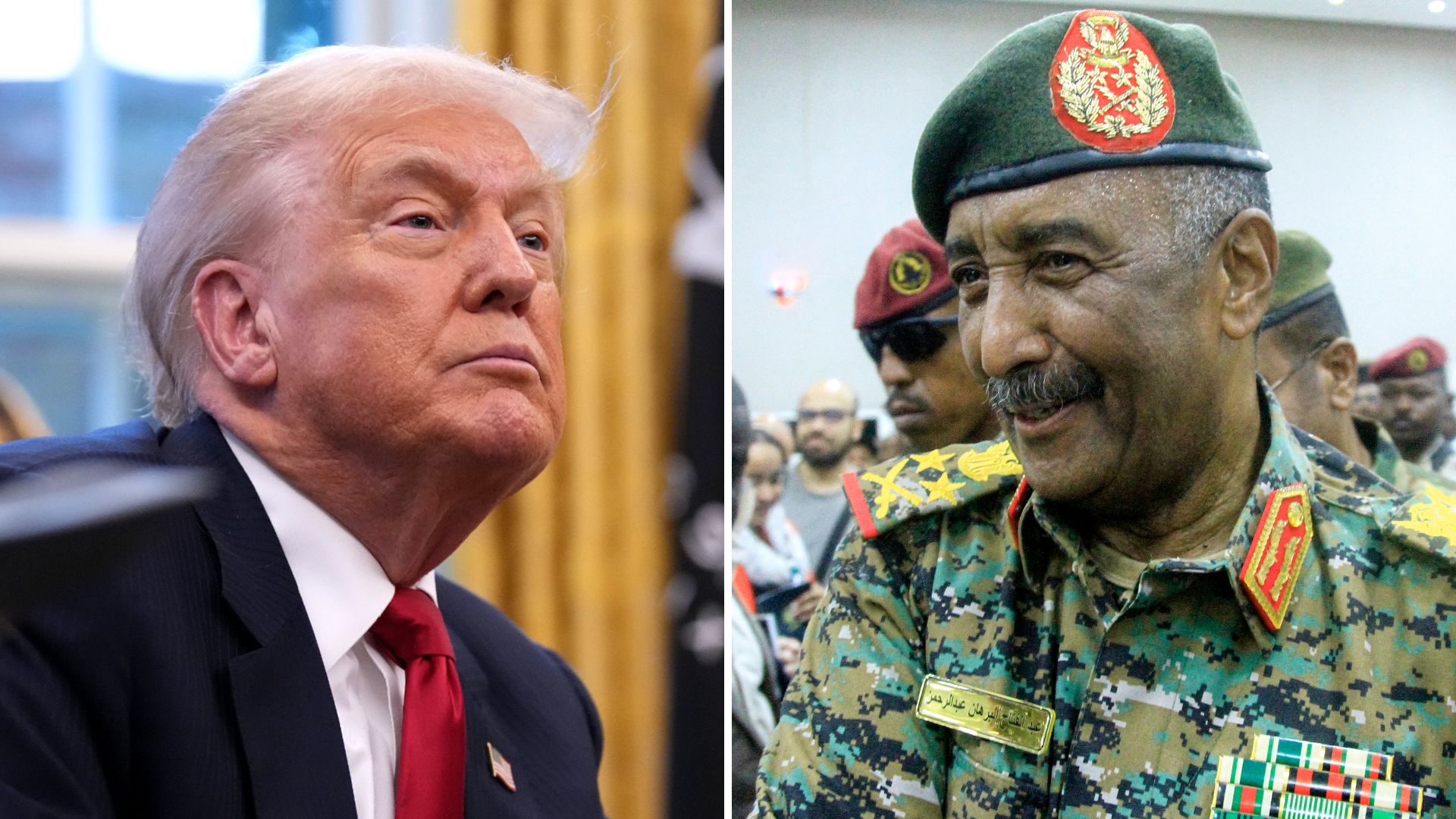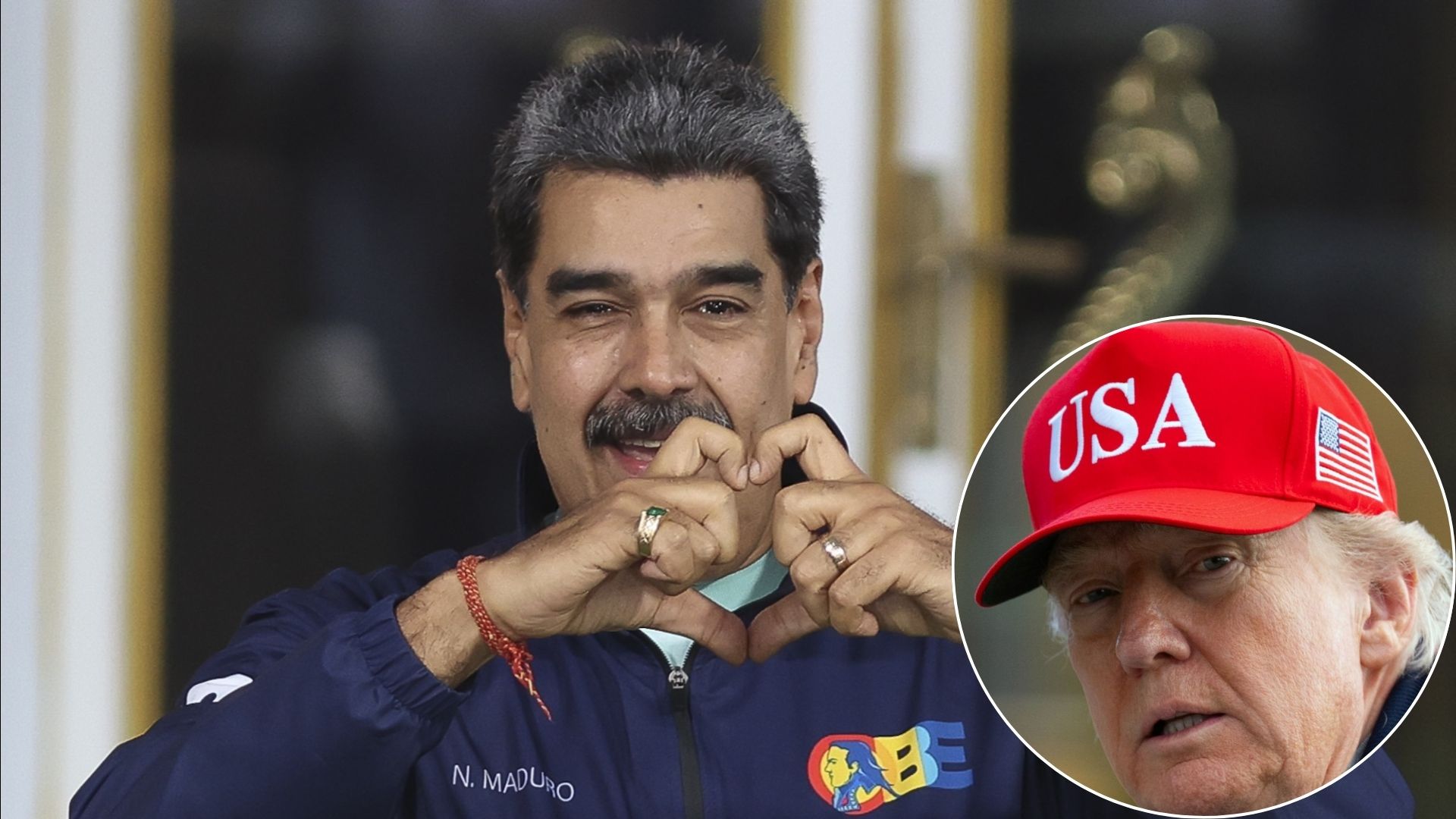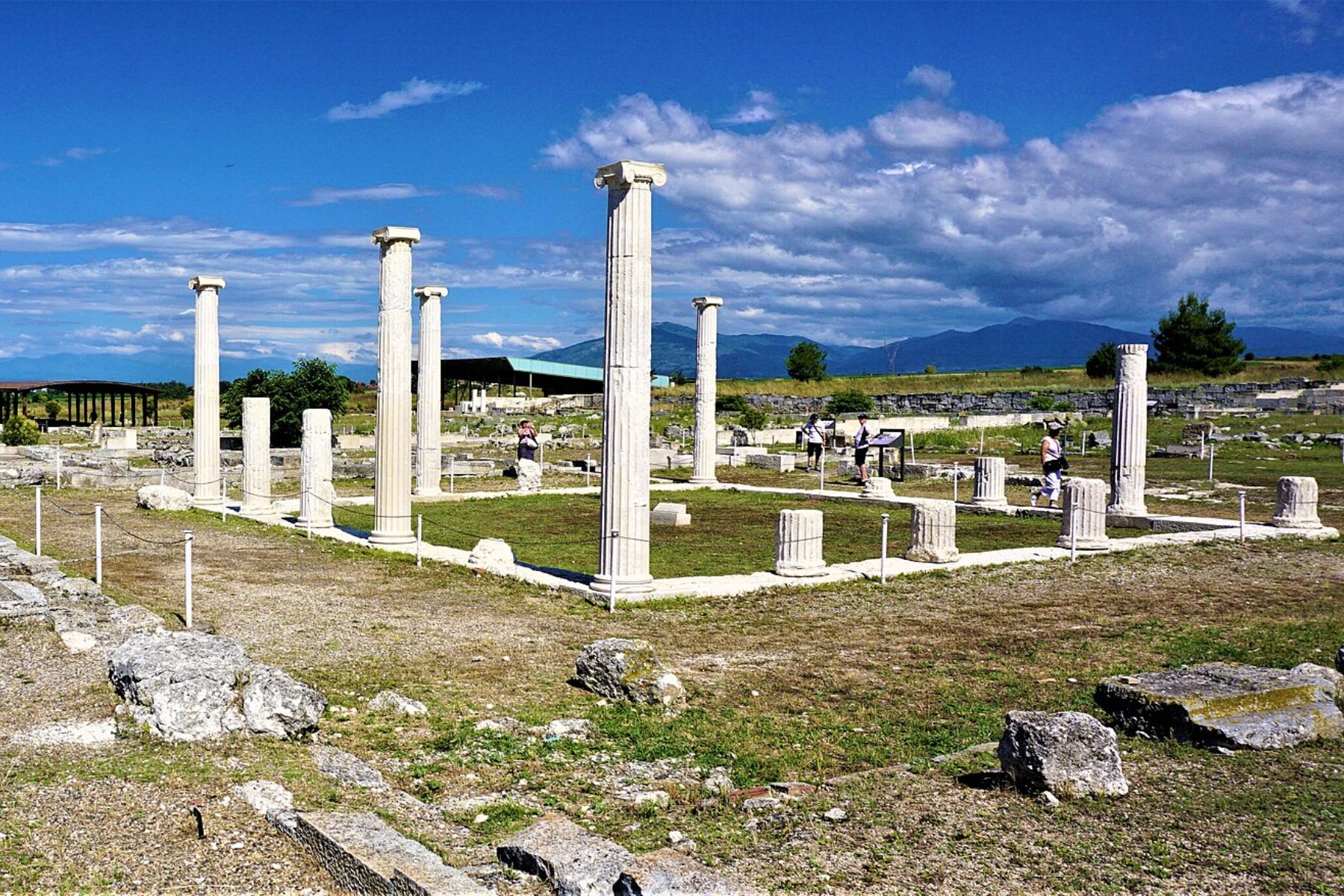
In 356 BCE, Alexander was born to King Philip II and Queen Olympias in Pella. That same night, the Temple of Artemis burned. It was a coincidence some viewed as a Persian omen, and legends soon followed. Olympias claimed Zeus was his true father, while astrologers predicted a boundless future. Even as a child, Alexander was said to face danger without fear.
Taming Bucephalus
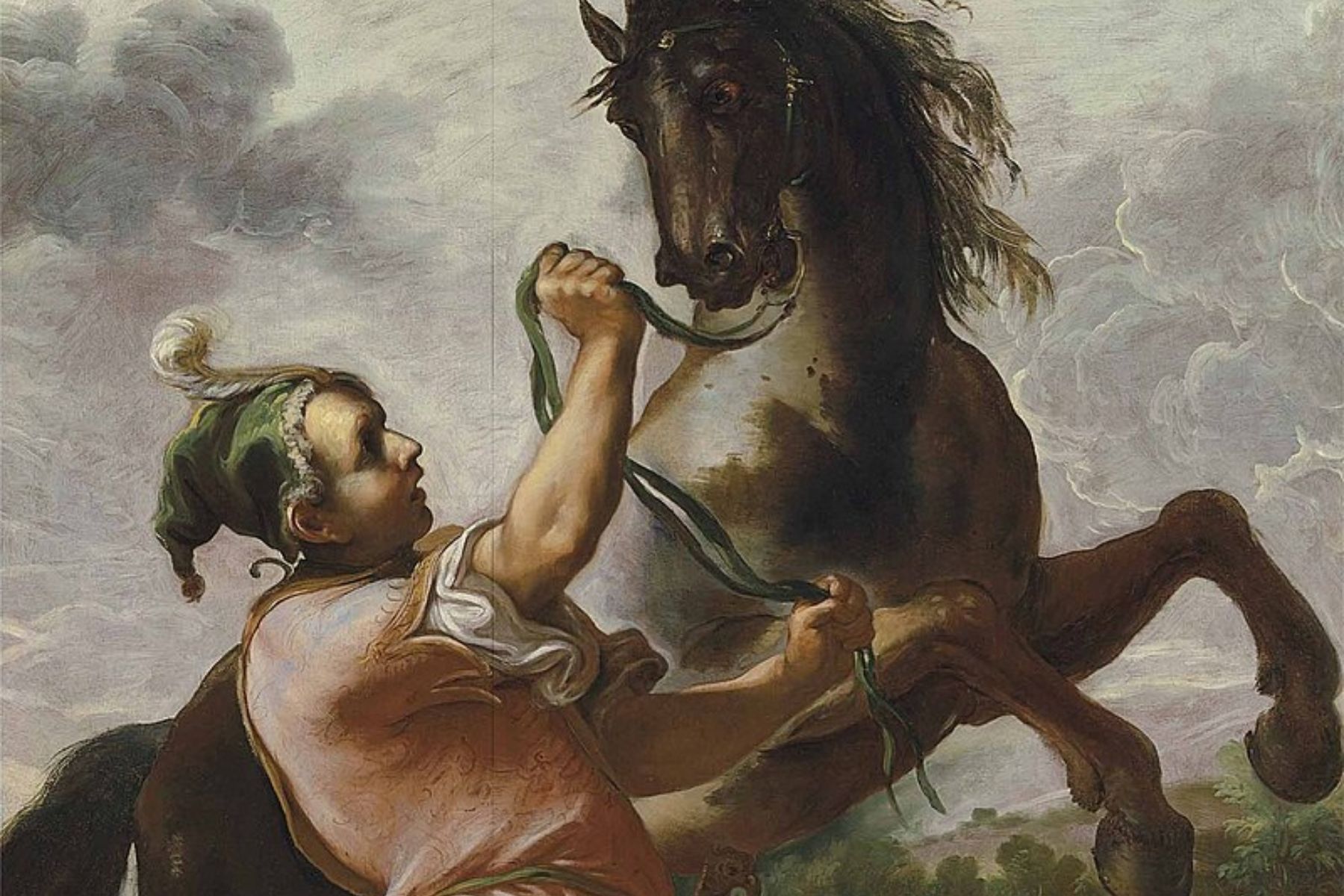
At age 12, Alexander tamed Bucephalus—a horse others had abandoned as unrideable. He noticed it feared its shadow and calmed it with quiet confidence. Watching closely, King Philip II declared his son was destined for more than Macedonia. Bucephalus soon became Alexander’s battle companion.
Crossing The Hellespont

In 334 BCE, Alexander crossed the Hellespont with 40,000 troops, marking the start of his campaign against Persia. He threw a spear into the soil, claiming Asia as a gift from the gods. At Troy, he honored Achilles—his hero—and symbolically left Greece behind for good.
Battle Of Granicus
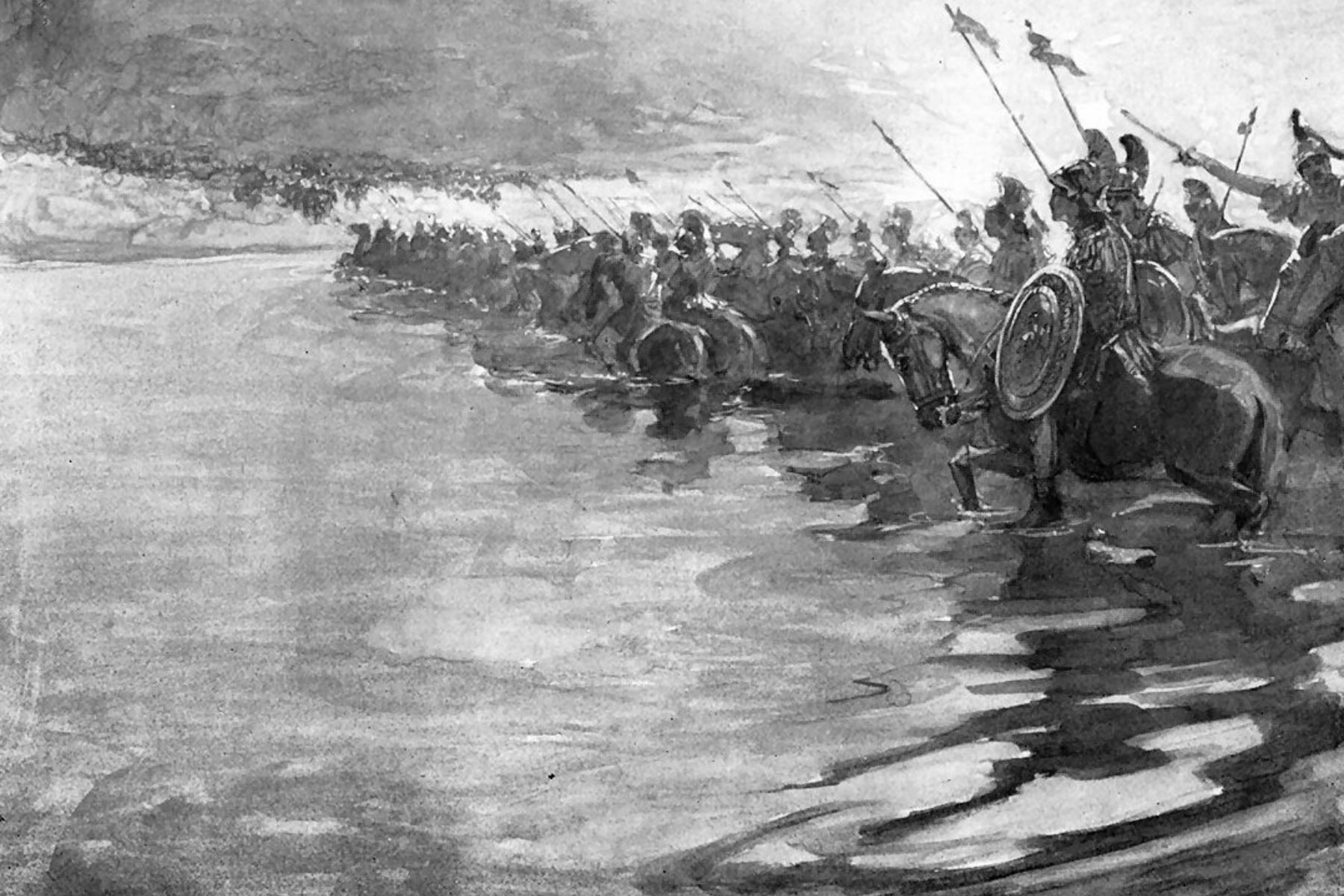
His first major clash with Persia took place at the Granicus River. Leading his cavalry head-on, he narrowly escaped death, saved by Cleitus the Black. The victory secured western Asia Minor and sent a clear message: Alexander’s campaign had begun, and his army’s morale surged with it.
Siege Of Halicarnassus
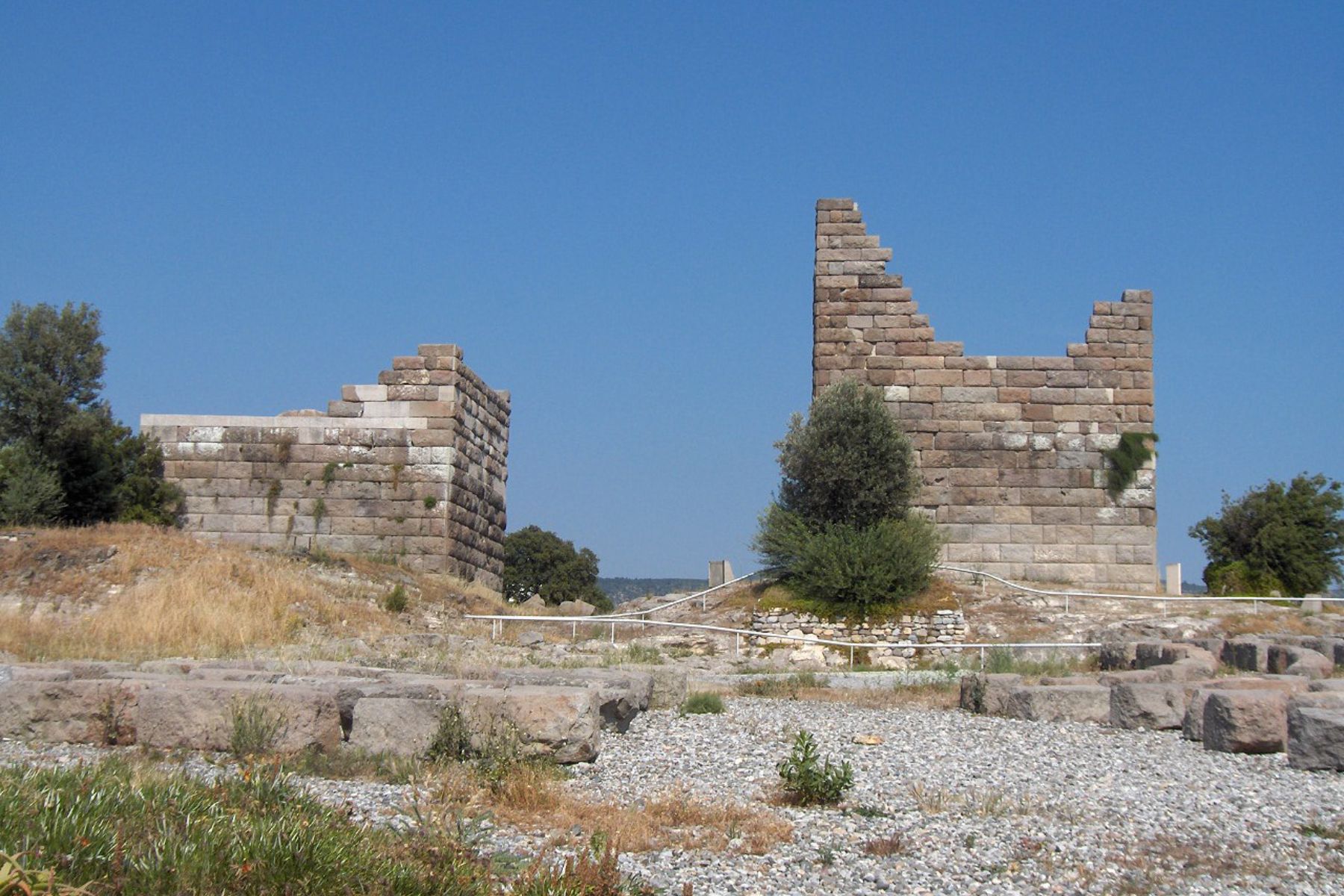
Alexander famously laid siege to Halicarnassus, one of Persia’s strongest fortresses in Asia Minor. Using siege towers and battering rams, he wore down the defenders, who destroyed parts of their own city to resist him. After the victory, he appointed Ada of Caria as satrap, securing local support.
Gordian Knot
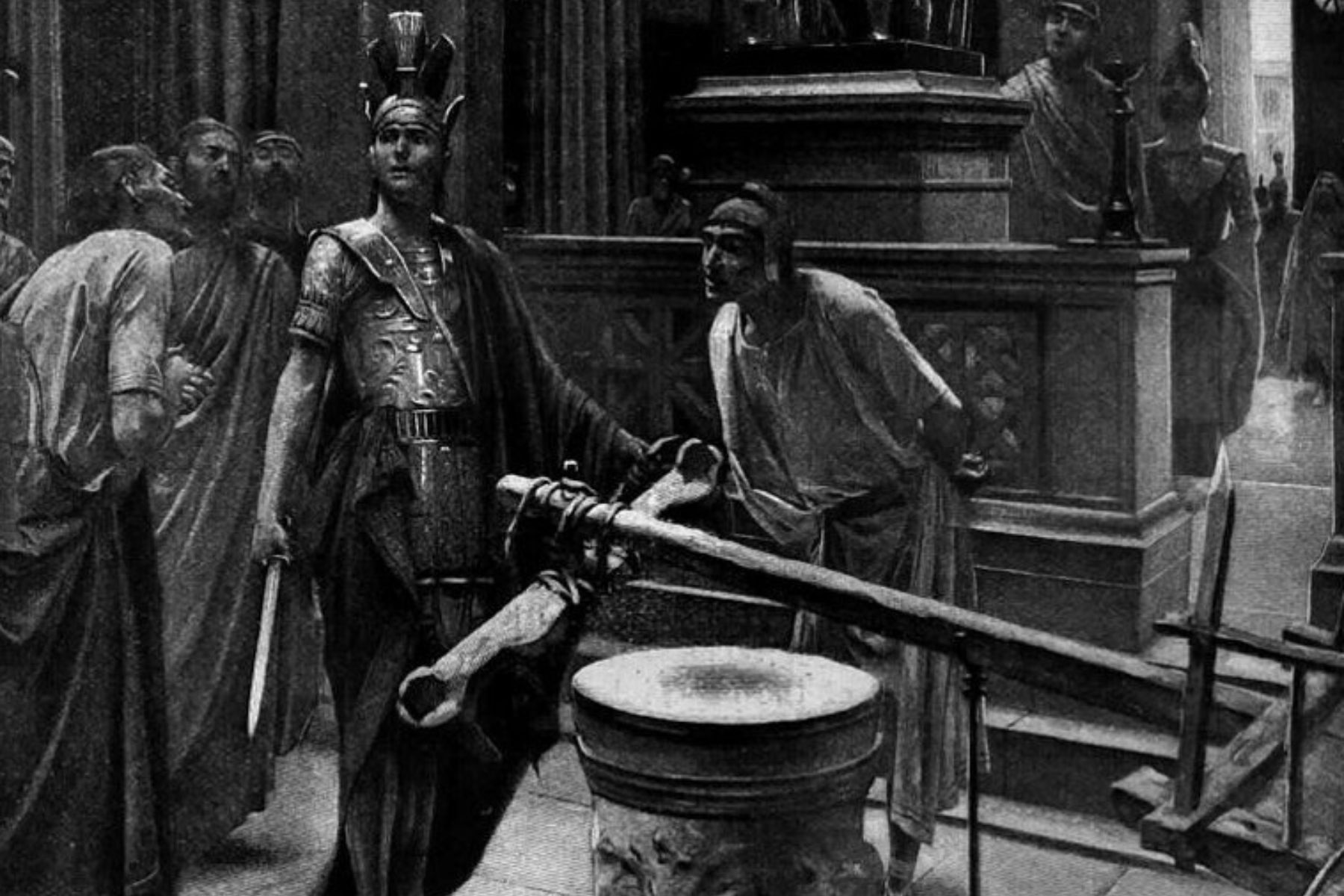
The Gordian Knot challenge awaited Alexander in Phrygia. According to legend, whoever untied it would rule Asia. Alexander famously sliced it open with his sword, though some say he removed a linchpin instead. This bold action strengthened his reputation as unstoppable and marked him as destiny’s favorite.
Battle Of Issus
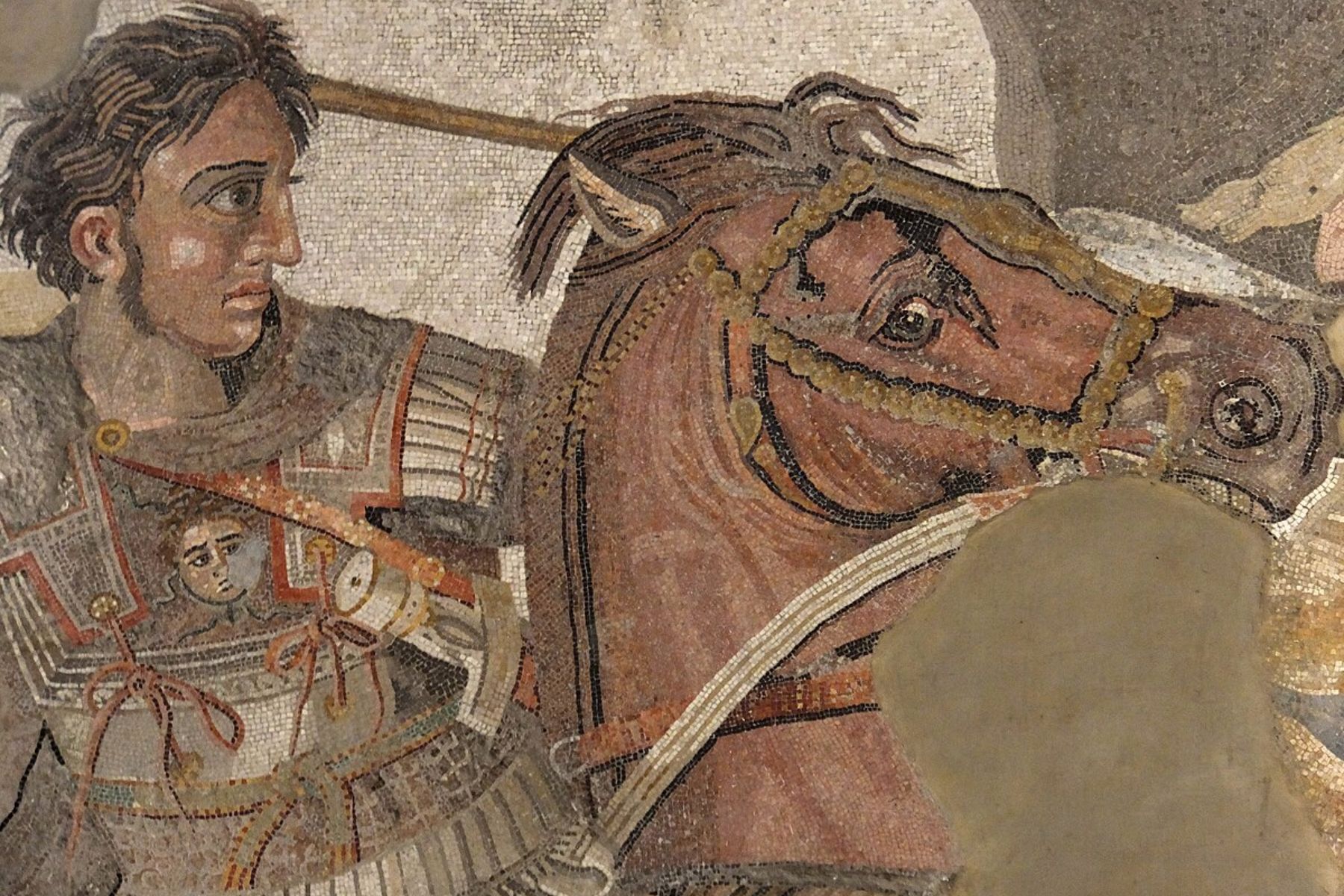
Alexander defeated Darius III at Issus in 333 BCE, despite a numerical disadvantage. He captured Darius’s family when the Persian king fled the battlefield, leaving his mother, wife, and children behind. Alexander treated the royal family well and took possession of Darius’s tent and treasures.
Siege Of Tyre
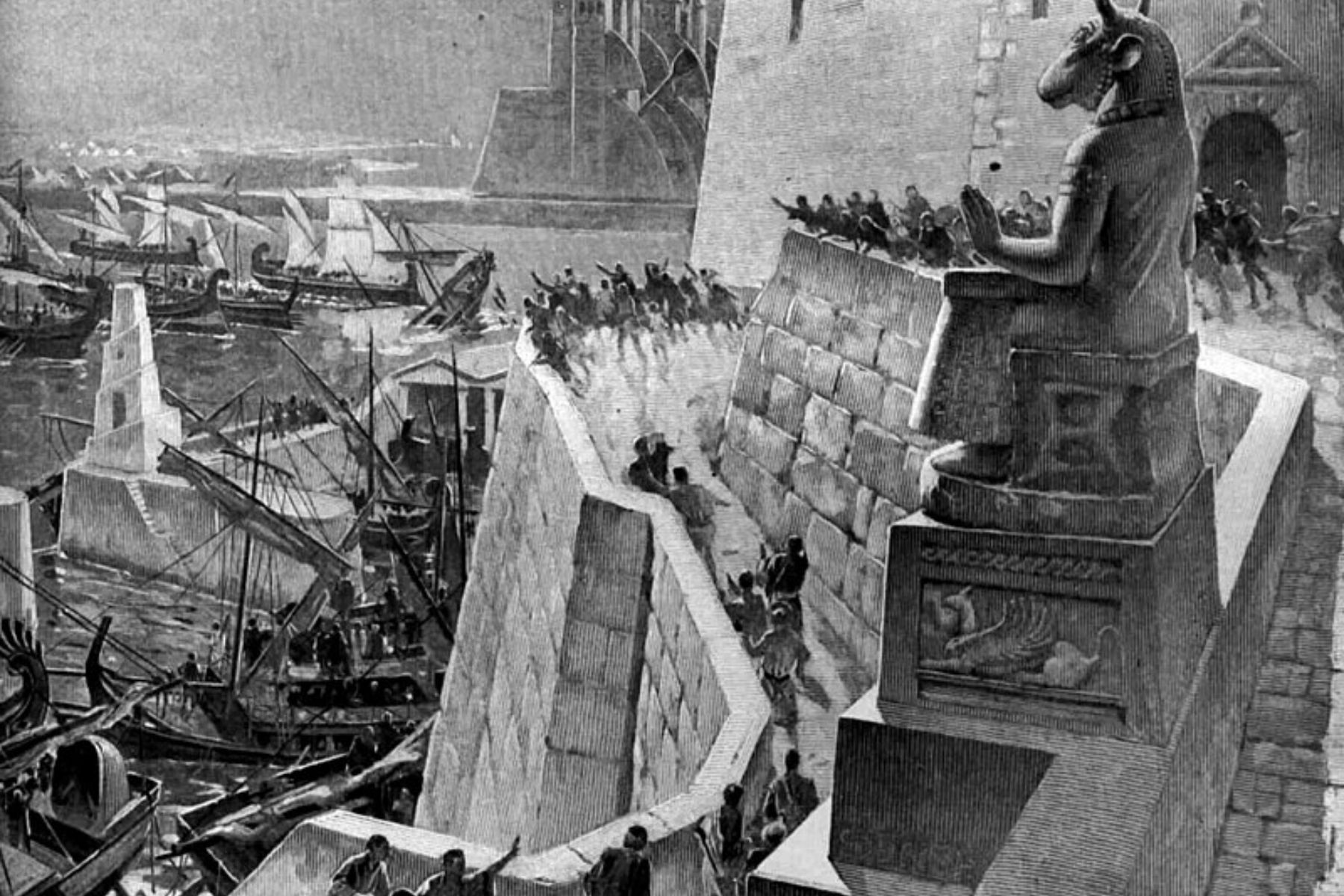
He besieged the island city of Tyre, as it was vital to controlling the Eastern Mediterranean. The siege lasted seven grueling months. To reach its walls, Alexander built a massive causeway and blockaded the harbor with captured ships. That causeway still stands today, linking Tyre to the mainland.
Conquering Gaza

He laid siege to Gaza in 332 BCE—his last major barrier before Egypt. The battle dragged on for two months, and a catapult wound exposed his rare vulnerability. After taking the city, he reportedly dragged its governor behind a chariot. Still, many locals welcomed him as a liberator.
Founding Alexandria
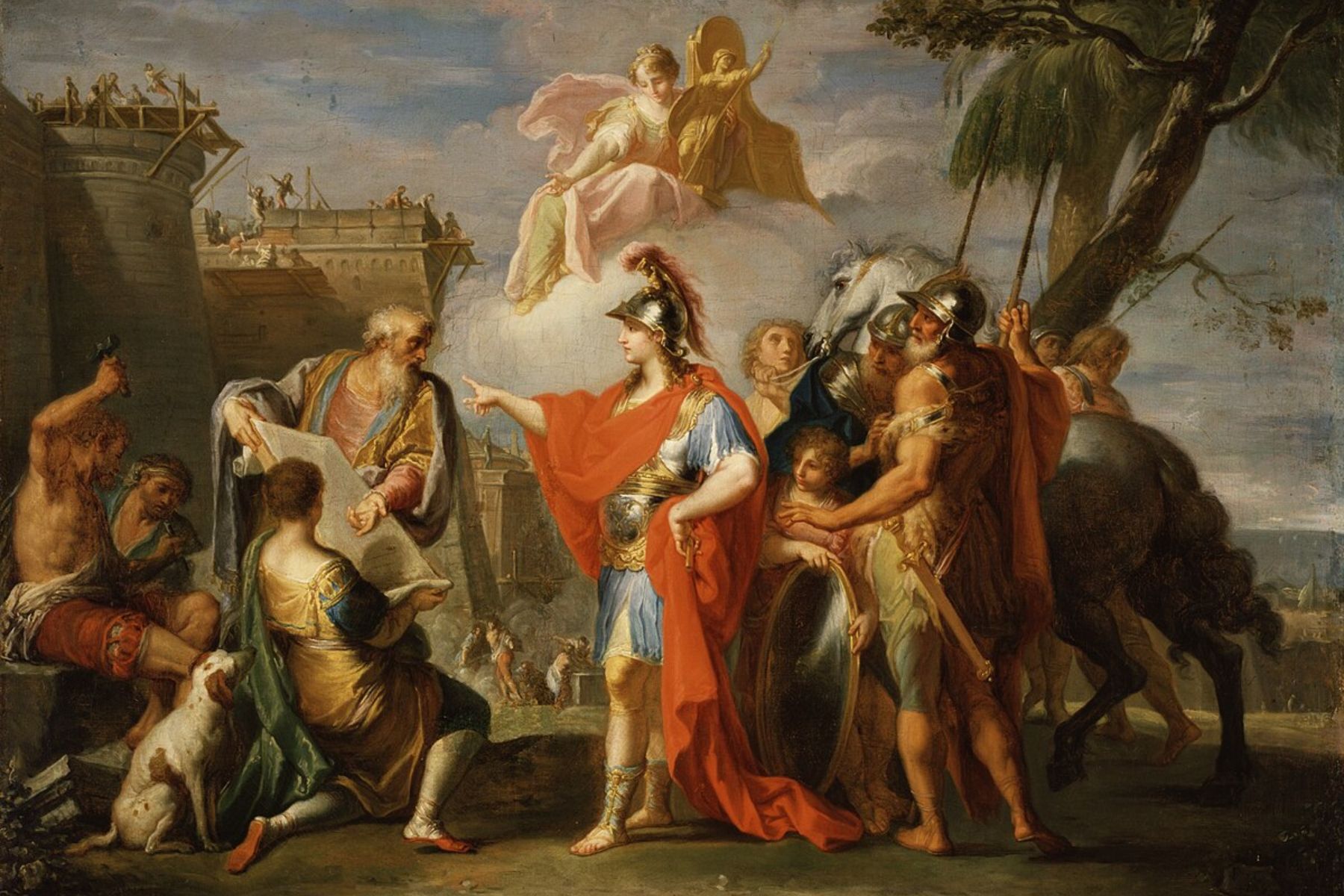
In 331 BCE, he founded Alexandria at a site he chose near the Nile Delta. According to legend, birds scattered the flour Alexander used to mark its outline—a sign of prosperity. The city soon flourished, becoming a hub of trade, culture, and home to its famed Lighthouse and Library.
Oracle Of Siwa
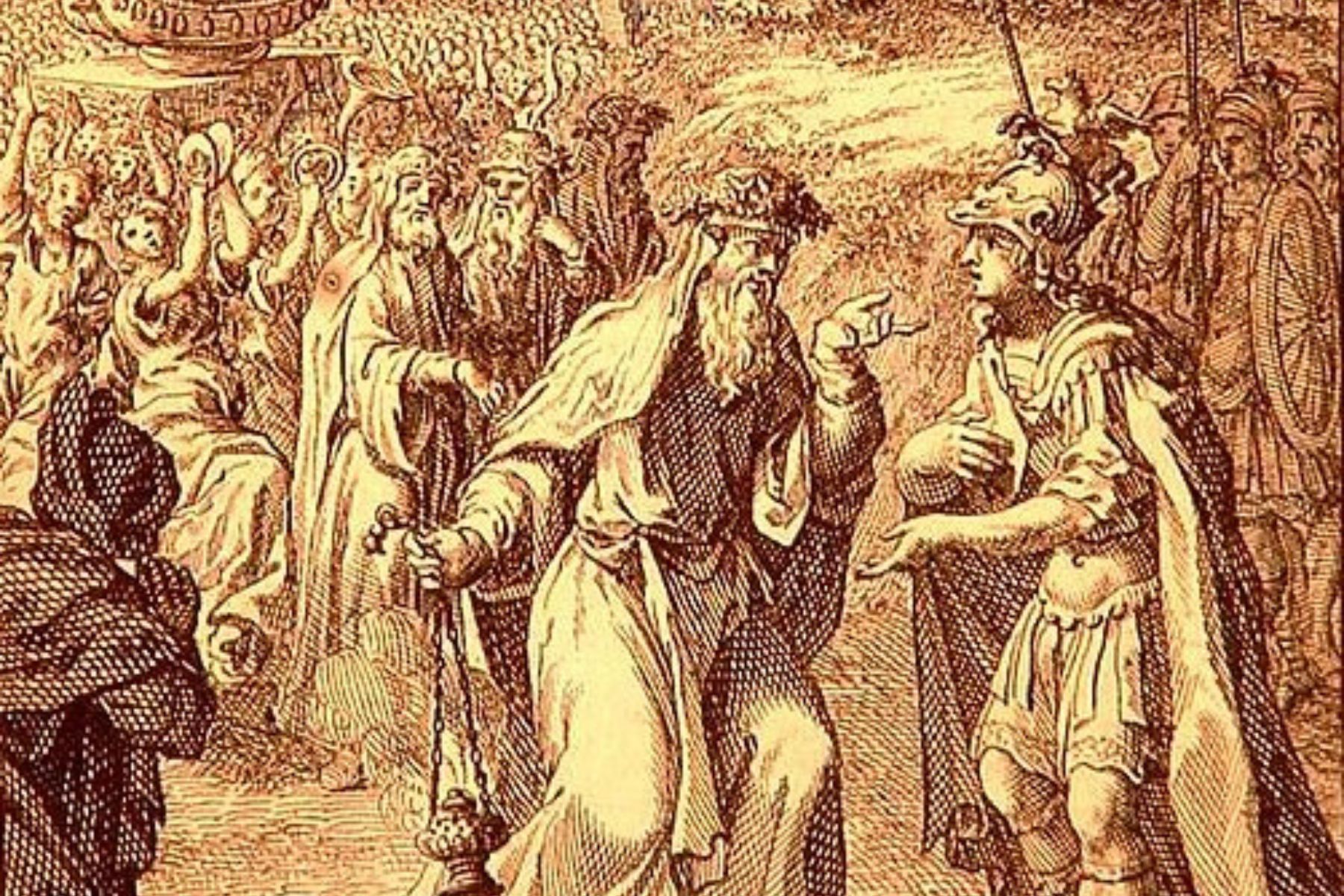
At the Siwa Oasis, Alexander visited the Oracle of Amun, where priests hailed him as the son of Zeus-Ammon. The journey through the desert was perilous, and he almost made it alone. What the oracle told him remained secret, but many believed it confirmed a divine destiny beyond mortal rule.
Battle Of Gaugamela
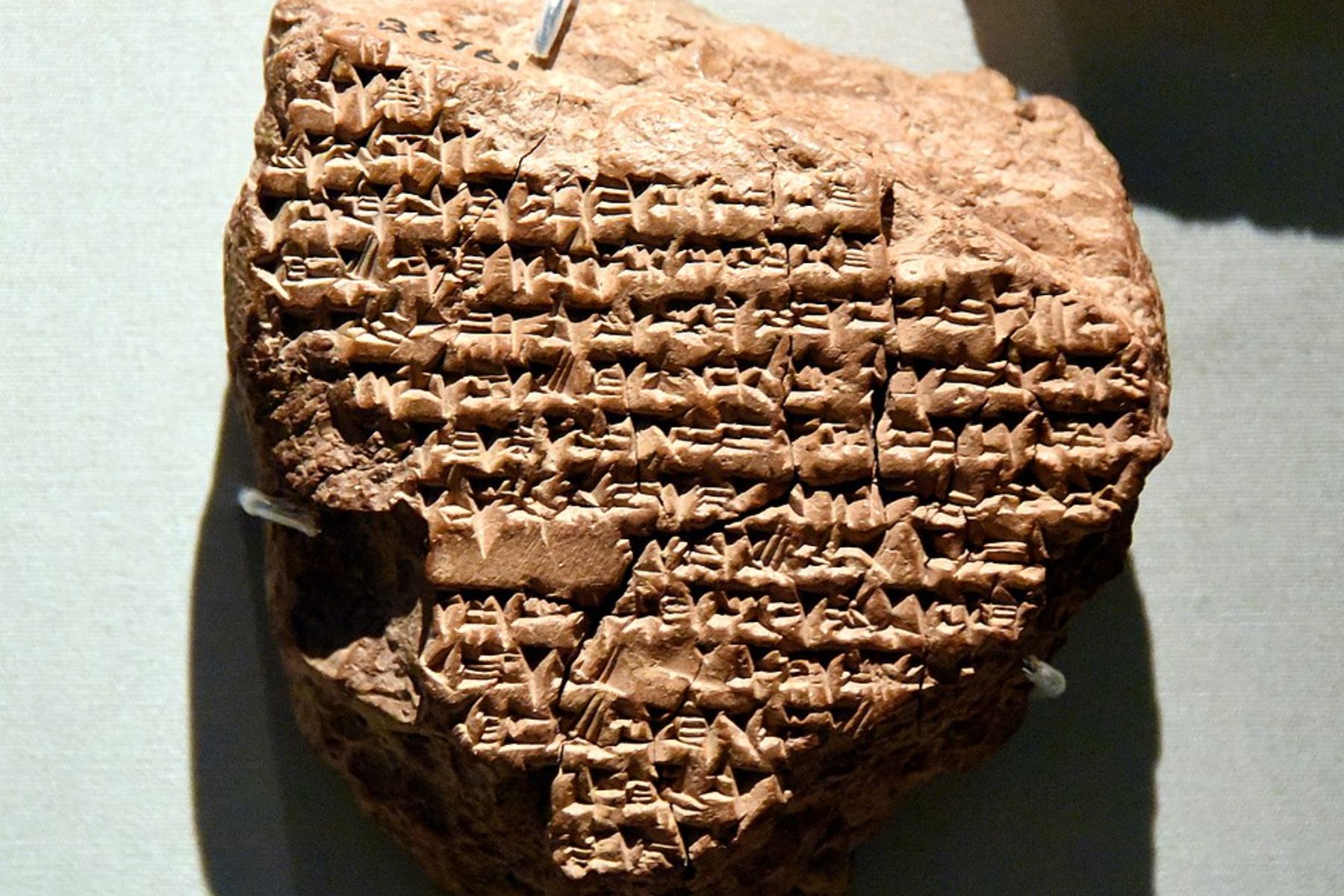
Two years after Issus, Alexander faced Darius III again—this time at Gaugamela. The Persian king assembled a massive force, but Alexander’s sharp tactics outflanked war elephants and scythed chariots. Once more, Darius fled the field. This crushing defeat shattered Persian resistance and is remembered as one of history’s greatest military victories.
Burning Persepolis

In 330 BCE, Alexander set fire to the royal palace at Persepolis—a symbolic end to Persian supremacy. The act likely took place during a drunken celebration, with some accounts blaming his companion Thaïs for urging him on. Later, Alexander reportedly expressed regret over destroying such a cultural treasure.
Marriage At Susa
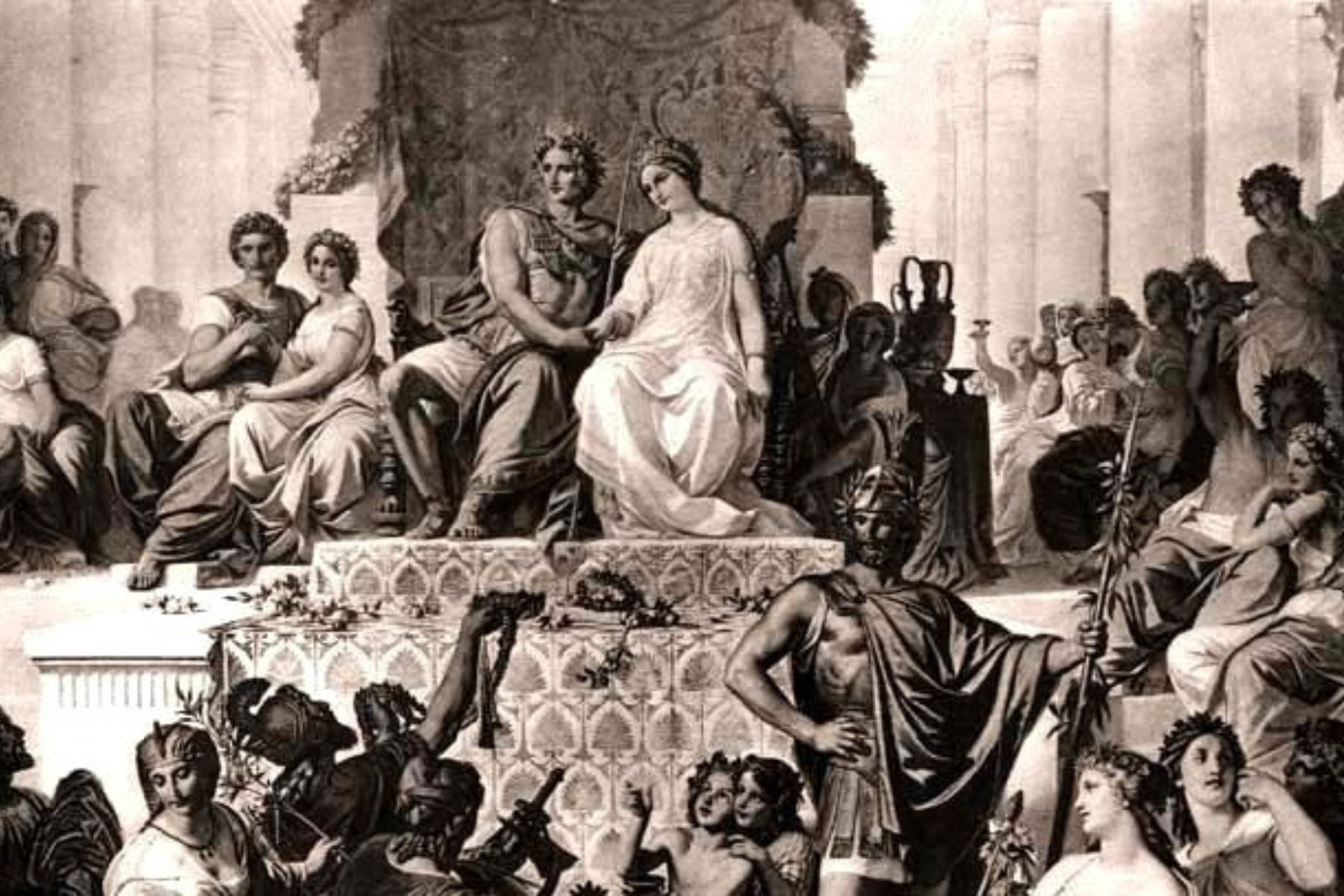
He staged mass weddings at Susa to unite Macedonian officers with Persian noblewomen, aiming to blend the two cultures. Alexander married two Persian royals himself. Though symbolic of unity, the gesture was unpopular among his men. Few military leaders attempted such cultural integration on this scale.
Battle Of The Hydaspes
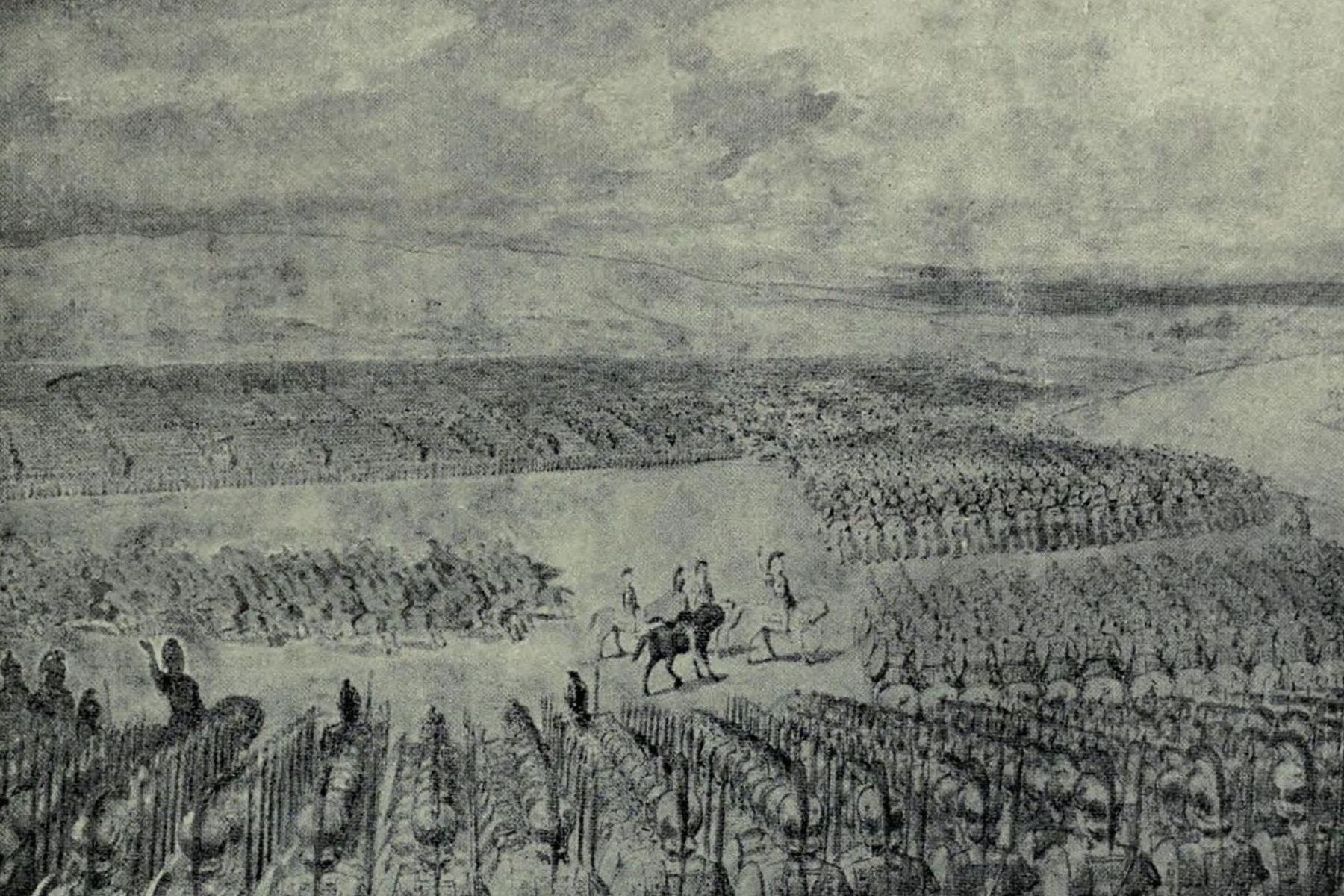
When Alexander faced King Porus at the Battle of the Hydaspes, it was his toughest test in India. War elephants dominated the field, unlike anything his army had seen. Impressed by Porus’s bravery, Alexander made him an ally. His horse, Bucephalus, died in the battle and was honored with a city in its name.







